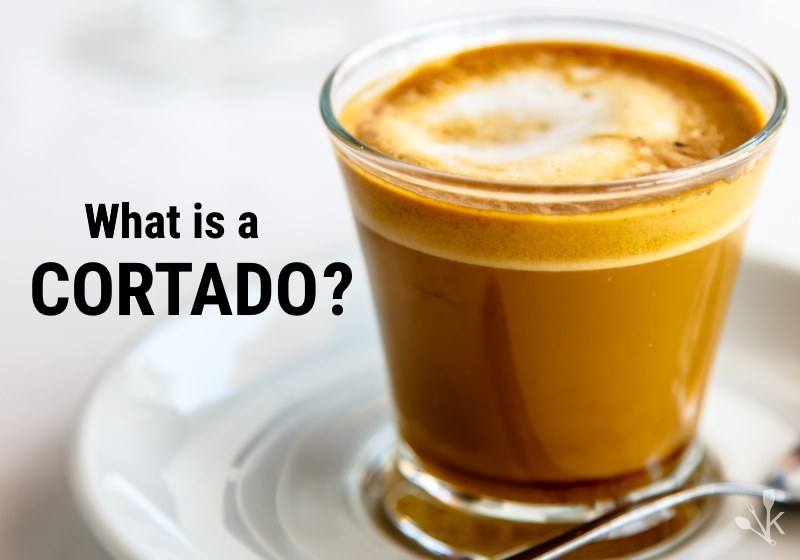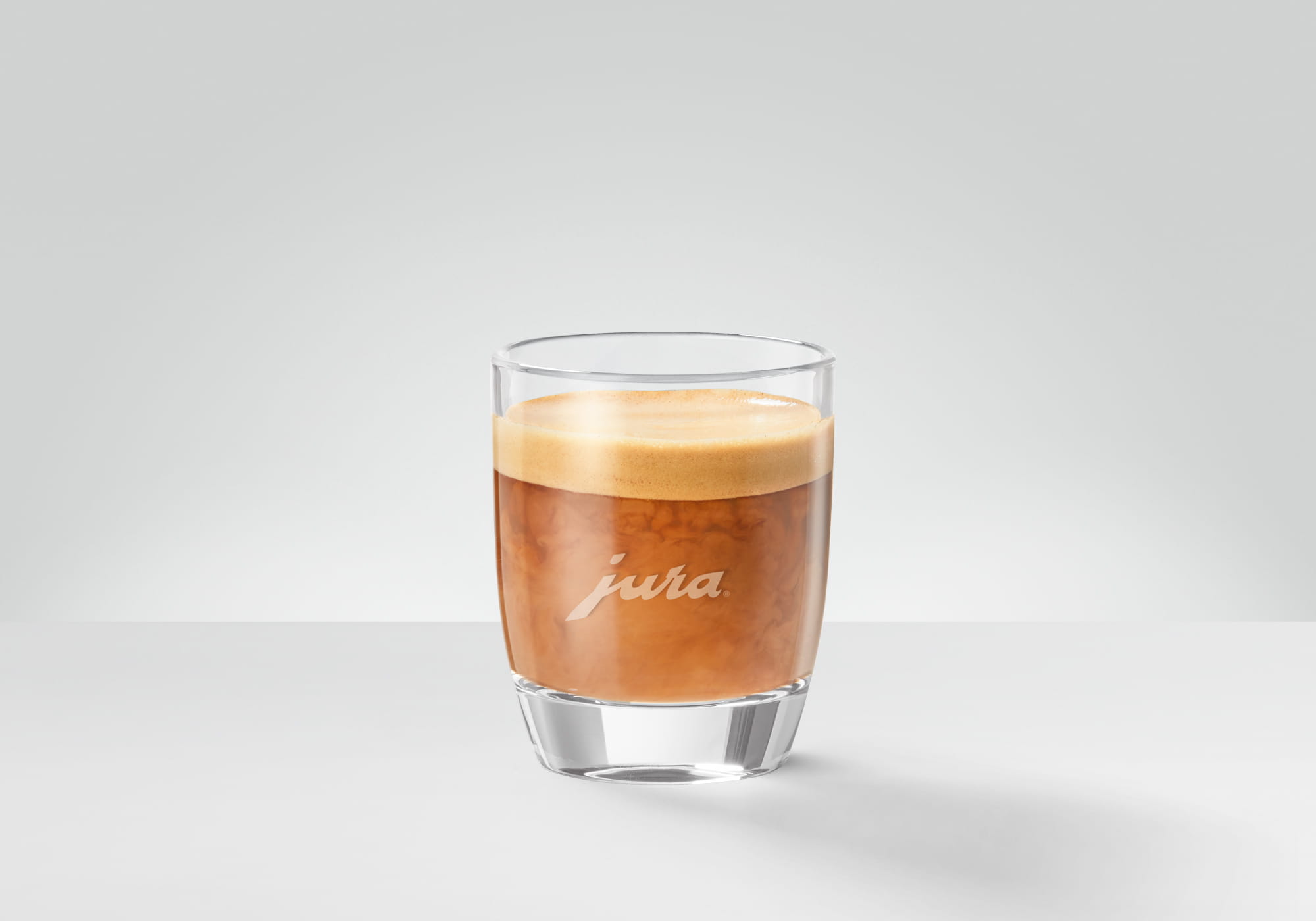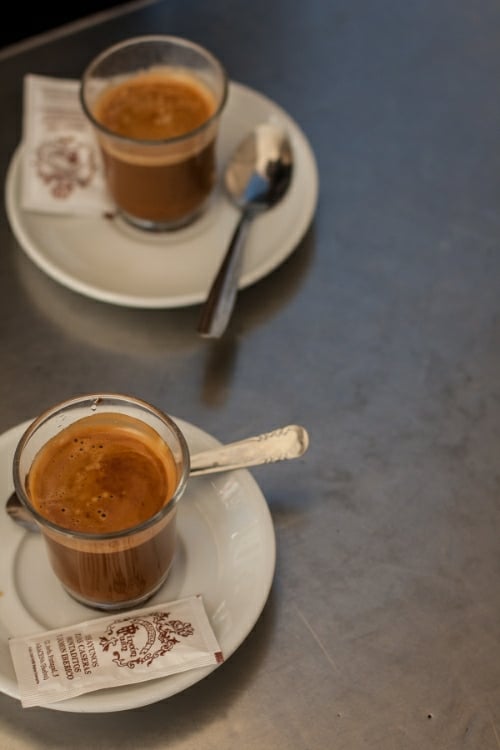Cortado
café cortado, cafe cortado
A cortado is a Spanish beverage consisting of espresso mixed with a roughly equal amount of warm milk to reduce the acidity, although the exact ratios have considerable regional variation. The milk in a cortado is steamed, but not frothy and "texturized" as in many Italian coffee drinks. The cortado is commonly served all over Spain. The word cortado is the past participle of the Spanish verb cortar , in the sense of 'dilute', and can refer variously to either coffee or espresso drinks throughout Spanish and Portuguese speaking countries. In Spain a café solo corto is a small amount of black coffee (usually a single shot of espresso), while a café cortado or more commonly just a cortado is an espresso with a splash of milk. The term cortado is itself broadly associated with various coffee or espresso beverages having been "cut" with milk. The cortado is very similar or the same as the Italian macchiato or the French noisette.
Source: Wikipedia
Recipes

What Is A Cortado? The Difference Between Cortado vs. Macchiato | KitchenSanity





